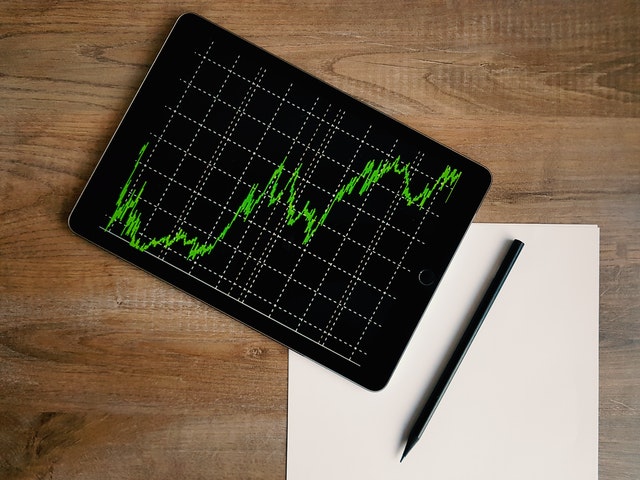Quit Trying to Time the Market, and Focus on Long-Term Gains, Instead

Active investing, such as day trading, is a popular investment strategy. Still, it depends on the investor's ability to consistently outperform the market, which growing evidence says is improbable and more volatile than other strategies. If you plan on active trading based on timing the rise and fall of stocks, it might be time to reassess your goals.
Timing Requires Improbable Precision

The fundamental of active investing is buying low and selling high, but your ability to make lucrative investments requires knowing when a stock is low enough to purchase and when it will be high enough to sell in the future. The active strategy pits you in a cycle of future obligations and predictions, which in turn make the stakes more volatile than passive investing or other techniques.
The probability of success is limited. For day traders, the odds are even worse because stock indexes have little room for error. Many people stick with timing techniques because they feel that occasionally timing events correctly will pay off, but is that accurate?
[insert page='Offer' display='content']
Returns Center Around Only a Small Number of Days

Did you know, less than 1% of trading days can make up the gains in a trading period? Also, the worst days of many markets often led to the best days a week later.
Managing to predict these peaks and valleys accurately is no small feat, and the precision required would appear inhuman. Hedging your bets that you can accurately predict and not miss out on any of the handful of profitable days is not responsible investing.
Passive investing or long-term investment strategies will present the best opportunities of experiencing gains for the limited days those stocks perform better than expected. Additionally, the idea that corporate financial news will dramatically shift the average movements of a given market is slim. Every month typically has four days of movement beyond 1% in any direction.
With so few days contributing to any significant gains, an investor would need a sophisticated understanding of market fluctuations and a near psychic sense. It is more beneficial to the average and experienced investor to take a long-term approach, improving the odds of sharing any returns.
Timing Is Less Important Over Time

The alluring nature of significant gains is why many investors abandon practical trading for irrational hope. The likelihood of active trading surpassing the profits of long-term strategies in a given year is possible. However, the success rate significantly diminishes year over year.
According to a paper published by Bank of America, quantifying the effects of investors who missed the 10 best and worst trading days for each decade, the difference between investment strategies is astronomical. Basing their finding on the S&P 500 daily returns from 1930 to 2020, the authors calculated a long-term investor would have experienced an 18,000% return while a day trader who missed the 10 best days of each decade would only expect a 28% return. The paper concludes that valuation over a 10-year period is the most accurate predictor of returns, meaning long-term allocation is a superior strategy for short-term gains.
Adjusting your portfolio based on changing conditions for a single company, the economy, or the stock market as a whole, is OK as long as adjustments are modest. However, it is best to focus on long-term strategies, as short-term gains are challenging and likely impossible to expect and predict consistently.
What type of investment strategy do you prefer? Leave a comment below with your insight and opinions.
